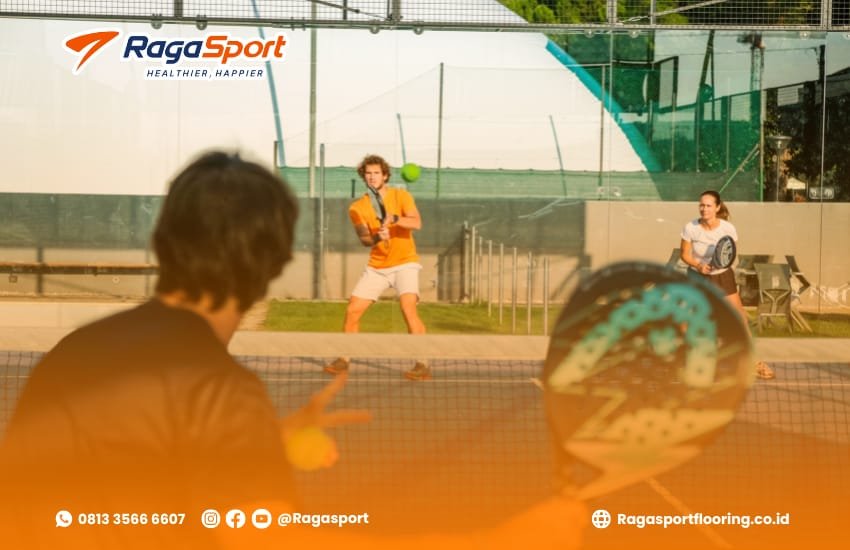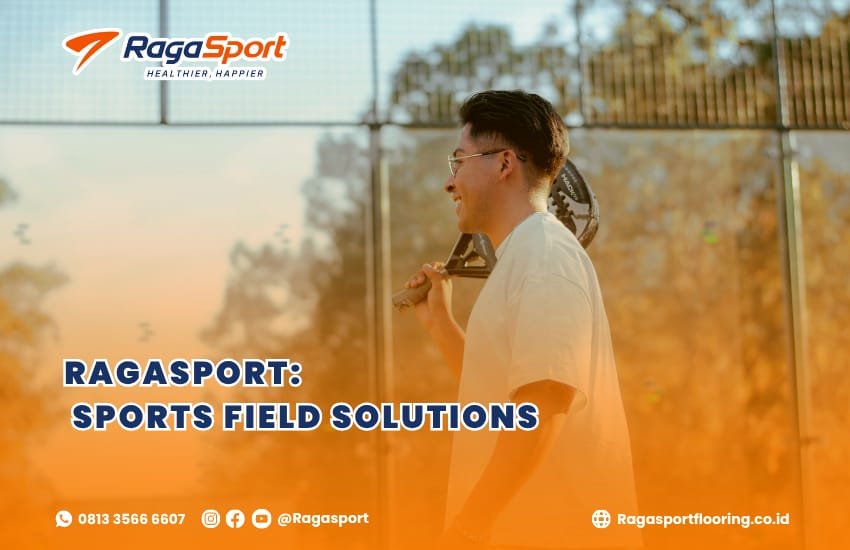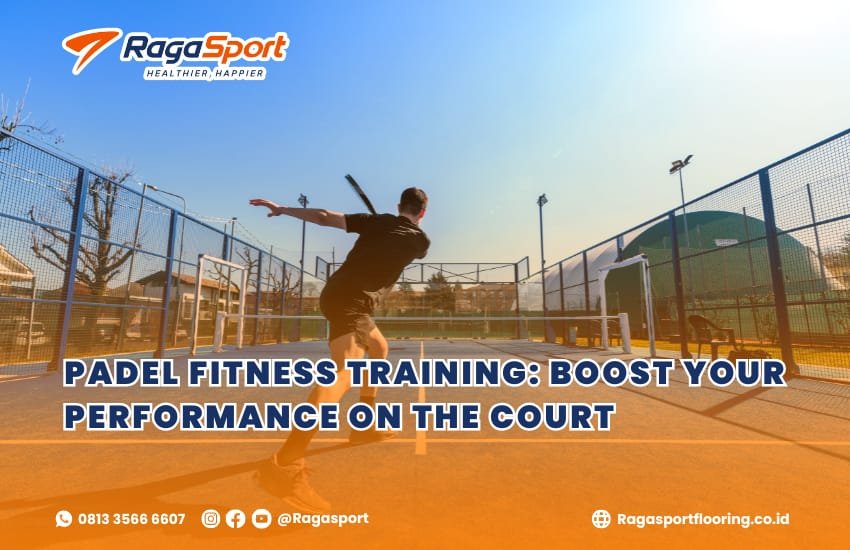Table of Contents
Why Padel Fitness Training Matters
Padel is one of the fastest-growing racket sports in the world. It combines elements of tennis and squash, demanding a unique blend of agility, speed, power, and endurance. While technical skills are crucial, physical conditioning can make the difference between an average player and a competitive one. This is where padel fitness training becomes a game-changer.
By incorporating targeted exercises into your routine, you can improve your overall performance, reduce the risk of injuries, and maintain energy levels throughout matches. In this article, we will break down the components of effective padel fitness training and provide actionable tips to get you in top shape.
1. The Physical Demands of Padel
Before diving into a training plan, it’s important to understand the physical requirements of the game. Padel involves:
- Quick Lateral Movements – Players must constantly move side-to-side to reach balls off the walls.
- Short Sprints – Fast acceleration and deceleration are key to intercepting shots.
- Explosive Power – Needed for smashes, volleys, and quick returns.
- Endurance – Matches can last over an hour, requiring sustained energy.
- Core Stability – Essential for balance and powerful shots.
Given these demands, a well-rounded fitness program must address agility, strength, cardio, and flexibility.
2. Building Your Padel Fitness Training Program

An effective padel training routine should cover the following areas:
A. Strength Training
Strength in padel isn’t just about muscle size—it’s about functional power that translates into better performance.
Key Exercises:
- Squats and lunges for lower-body power.
- Push-ups and pull-ups for upper-body strength.
- Deadlifts to improve explosive movement.
- Medicine ball throws for rotational strength.
Frequency:
2–3 sessions per week, alternating between upper and lower body.
B. Agility and Speed Work
Agility drills help you react quickly to unpredictable ball bounces and opponent plays.
Recommended Drills:
- Ladder drills for foot speed.
- Cone drills for directional changes.
- Short shuttle sprints to improve acceleration.
Tip: Perform these exercises after your warm-up and before heavy strength training to maintain quickness.
C. Cardiovascular Conditioning
Padel requires bursts of high-intensity effort with short recovery times.
Best Methods:
- Interval Training (HIIT): Alternate between 20–30 seconds of maximum effort and 40–60 seconds of rest.
- On-Court Drills: Rallying with a partner at high speed mimics match conditions.
D. Core Strength and Stability
A strong core improves shot power and prevents injuries.
Effective Core Workouts:
- Plank variations.
- Russian twists.
- Side plank with leg lift.
- Stability ball rollouts.
E. Flexibility and Mobility
Padel players need flexibility to stretch for shots and mobility for fluid movement.
Stretching Routine:
- Dynamic stretches before play (leg swings, arm circles).
- Static stretches after play (hamstring stretch, quad stretch).
- Yoga or Pilates once a week for overall mobility.
3. Sample Weekly Padel Fitness Training Plan
Here’s a sample schedule for intermediate players:
Monday: Strength Training (Lower Body + Core)
Tuesday: Agility & Speed Drills + HIIT Cardio
Wednesday: On-Court Practice
Thursday: Strength Training (Upper Body + Core)
Friday: Agility & Mobility Session
Saturday: Match Play or Drills
Sunday: Rest or Light Yoga
4. Nutrition and Recovery for Padel Fitness
No training program is complete without proper nutrition and recovery strategies.
Nutrition Tips:
- Pre-Match: Light meal rich in complex carbs and moderate protein.
- During Play: Hydrate with water or electrolyte drinks.
- Post-Match: High-protein meal with carbohydrates to replenish energy.
Recovery Essentials:
- Sleep 7–9 hours per night.
- Use foam rolling to relieve muscle tension.
- Take active recovery days with light movement.
5. Common Mistakes to Avoid

Many players sabotage their fitness progress by making these mistakes:
- Overtraining without allowing recovery time.
- Neglecting flexibility work.
- Training only on the court without supplemental exercises.
- Skipping strength training in favor of only playing matches.
Avoiding these errors will help you stay consistent and injury-free.
6. Benefits of Padel Fitness Training
By committing to a consistent training routine, you can expect:
- Increased shot power.
- Improved reaction times.
- Greater endurance during matches.
- Better balance and body control.
- Reduced risk of common padel injuries such as knee and shoulder strains.
Conclusion
Padel is a sport that rewards players who combine skill with fitness. A proper padel fitness training plan that incorporates strength, agility, cardio, core work, and flexibility will elevate your game to the next level. The results will show not just in your performance but in your overall health and well-being.
Ready to improve your padel performance with the right training and facilities?

Visit Raga Sport Padel Court Construction Services for expert court building solutions, or contact us directly via WhatsApp at wa.me/6281335666607.

